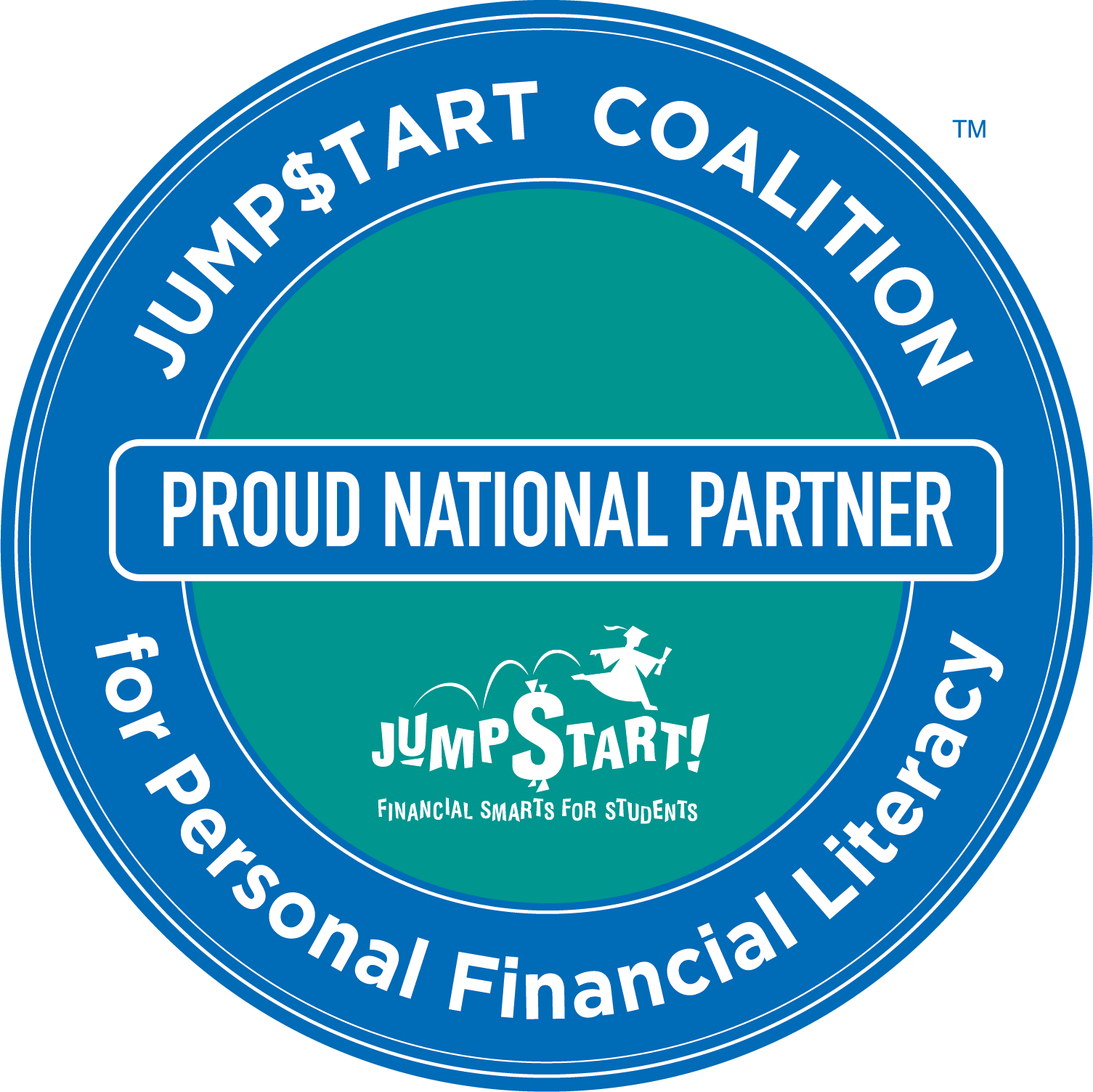By Jedidiah Collins
In the exciting and ever-evolving world of education, a curriculum plays a pivotal role as a comprehensive blueprint that outlines what students will learn and how they’ll go about learning it. Curriculum goes beyond just content and encompasses the goals, objectives, and desired learning outcomes for a specific course or program. Think of it as the roadmap that leads students on a journey of knowledge and growth.
(And what can help guide someone down a roadmap…a Vehicle!)
While content may be the tangible material presented to students, it’s the curriculum that provides the essential framework for super-effective teaching and learning. It acts as a guiding light that will define the plan and scope of an educational program. A throughline curriculum will set the stage for what students should ultimately know and be capable of achieving by the end of a course.
This is not to discredit content, for it represents the tools and resources used to teach a subject, such as textbooks, lectures, videos, and other instructional materials. Content serves as the means through which knowledge and skills are conveyed to students, but it’s the curriculum that weaves all these elements together into a cohesive and meaningful educational experience.
Financial literacy curriculum vs content
A well-designed curriculum goes way beyond just dishing out content. It serves as a central guide and structure for an entire semester, offering a transferable and consistent message for students. It sets clear expectations for learning outcomes and objectives, while also connecting the material to the real world and practical experiences. By doing so, the curriculum not only equips students with knowledge but also empowers them with the skills and competencies needed to thrive in the ever-changing landscape of life and money.
For teachers, the curriculum provides a clear framework for facilitating and delivering educational content, ensuring alignment with standards, and promoting effective class structure, schedules, and deliverables. It acts as a roadmap, guiding through the open roads of knowledge and helping educators navigate the diverse needs and abilities of their students.
From an administrative standpoint, having a well-defined curriculum offers a measurable plan for students, teachers, and the community. It provides an avenue for feedback and continuous improvements that may not be possible within a single class structure. Additionally, it serves as a template for customization, enabling teachers to tailor the curriculum to their specific needs and preferences. This customization not only caters to the unique interests and learning styles of students but also fosters a sense of ownership and engagement in the learning process.

In his address to the Association of School and College Leaders (ASCL), Nick Gibb emphasized the pivotal role of a well-thought-through and challenging school curriculum in the overall functioning of any educational institution.
There are no doubt many resources for financial literacy content on the market today, but I implore you to find a true curriculum. A semester-long roadmap that will guide teachers and students alike through the complexities of money with a cohesive and consistent message. Money Vehicle is trying to change the idea of financial literacy from nice-to-have content to a need-to-have curriculum and in doing so allowing schools to share with their community a measurable plan for their student’s success!
In summary, while content is crucial for teaching and learning, it’s the curriculum that provides the essential structure and guidance for an effective education. It ensures that students, teachers, and the community have a measurable plan and framework for delivering a quality education, ultimately paving the way for academic success.
Check out the Money Vehicle textbook — you can find it here on Amazon. And if you like what you see, you can get more content sent directly to your inbox! Sign up for the Money Vehicle Movement Newsletter!
More from Money Vehicle:









